Recognising a Stroke – the FAST Test
It’s crazy to think 1 in 6 people worldwide will suffer a stroke in their lifetime. In the United States, on average, one person every 40 seconds has a stroke. Early medical treatment can significantly improve the recovery from a stroke, therefore being able to recognize the signs & symptoms is vital.
What is a Stroke?
A stroke (sometimes called CVA – cerebrovascular accident) is a problem with the blood supply to the brain. The brain has a large and complex system of arteries and veins supplying it with blood.
Broadly, there are two different types of stroke that can occur:
- Ischemic stroke: A blood clot blocks an artery in the brain causing the death of brain tissue.
- Hemorrhagic stroke: An blood vessel in the brain ruptures causing bleeding.
The most common type of stroke is ischemic stroke which accounts for approximately 87% of strokes. The only way to tell the difference between an ischemic/hemorrhagic stroke is a brain scan (CAT/CT scan)
Recognising a Stroke
The signs and symptoms of a stroke can vary depending upon which part of the brain is affected. Common signs and symptoms include:
- Weakness down one side of the body
- Facial droop
- Slurred speech
- Loss of sensation
- Severe dizziness
- Loss of coordination
- Reduced level of consciousness
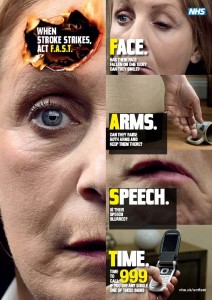
If you suspect a stroke, there is a simple test you can use. The FAST test:
- Face: Does the person have any facial weakness? Can they smile evenly? Does one side of their face appear to droop?
- Arms: Can the person raise both arms and hold them there?
- Speech: Can the person speak clearly? Is their speech slurred?
- Time: Time to call an ambulance urgently if the person fails any of the above tests. Also note down the time the symptoms started or the time you arrived on scene for the emergency services.
Do not delay in calling for emergency medical help if you suspect someone is having a stroke. Delays in treatment can lead to permanent disability and loss of brain function. Remember, time is brain!
Causes of a Stroke
There are certain factors and conditions that increase the risk of a person having a stroke. Those factors include:
- Consuming excessive amounts of alcohol
- Being obese or overweight
- Being 55 years of age or older
- Having diabetes
- Having high cholesterol
- Smoking
- Consumption of illicit drugs
- Having a family history of stroke
- Having heart disease or a vascular disease
Ischemic strokes can happen due to reasons such as:
- Heart defects
- Clotting disorders
- Atherosclerosis (when cholesterol, fats, and other substances build up on and in the artery walls)
- Atrial fibrillation (having a very rapid or irregular heart rhythm)
Hemorrhagic strokes can be caused due to:
- Brain tumors
- Brain aneurysms
- High blood pressure
- Diseases that bring about changes or weaken the brain’s blood vessels
Things to Do When Someone is Having a Stroke
Here is what you should do when someone is having a stroke:
- Call 911 and wait for an ambulance to reach your location since the paramedics can handle it better instead of you driving the person to the hospital.
- When you call the emergency medical services, let them know that you suspect the person is having a stroke. This way, they will be better prepared for the situation.
- Loosen their clothes if they are tight.
- Put a coat or blanket on them if they feel cold.
- Provide the person with reassurance and let them know that you have called for help.
- Keep track of the symptoms and try to note down when the symptoms started showing up.
- Talk to the person while you wait for emergency services to arrive. Ask them for information such as if they have any allergies, if they take any medications, and so on.
- If the person is standing up or sitting, ask them to lie down. Make sure their head is elevated.
- Stay calm.
- Perform CPR if required.
Things Not to Do When Someone is Having a Stroke
Listed below are the things that you shouldn’t do when someone is having a stroke:
- Don’t let the patient drive to the hospital.
- Don’t give the person anything to drink or eat.
- Don’t let them take any medication.
- Don’t let the person convince you not to call the emergency medical services.
- Don’t let them fall asleep.
What Does a Stroke Feel Like?
There are a couple of signs that can help you identify whether you or someone around you is having a stroke. If you notice someone displaying those symptoms, call the emergency medical services immediately. The signs to watch out for include:
- Having difficulty understanding others or talking
- Feeling dizzy
- Having trouble swallowing
- Having problems with one’s vision
- Having issues with balancing or walking
- Droopiness or numbness on one side of the face
- One side of the body feeling weak or numb
- Having a severe or sharp headache
Many people who experience a stroke do not feel any other kind of pain except for a headache.
If a person isn’t sure of the symptoms of a stroke, they could just dismiss them. However, since the symptoms could worsen quickly, taking immediate action is necessary.
FAQs
What are some of the warning signs of a stroke?
Some of the warning signs of a stroke are dizziness, trouble walking, balance issues, and a severe headache.
How long do strokes last?
A stroke can last for a couple of minutes or even several days, depending on the kind of stroke.
Are strokes painful?
The sudden headache that occurs during the onset of a stroke is the painful part of a stroke.
Can stress cause strokes?
There is definitely a link between strokes and stress.
Can lack of sleep cause a stroke?
Lack of sleep can increase your blood pressure and heart rate, which could increase your chances of having a stroke.
Conclusion
A couple of the key takeaways from this article are as follows:
- Most of the symptoms of a stroke begin all of a sudden.
- The minute you see a person displaying the symptoms strongly or suddenly, immediately call 911 or the local emergency services.
- The headaches are usually the most painful part of a stroke.
- If someone is having a stroke, they shouldn’t drive in that condition.
- Being aware of the symptoms of a stroke is necessary so that you don’t confuse it with any other kind of pain. It can help you save someone’s life in the process.
Video Example
[1] World Stroke Association: Facts and Figures about Stroke
[2] The Internet Stroke Centre: Stroke Statistics – U.S. Statistics

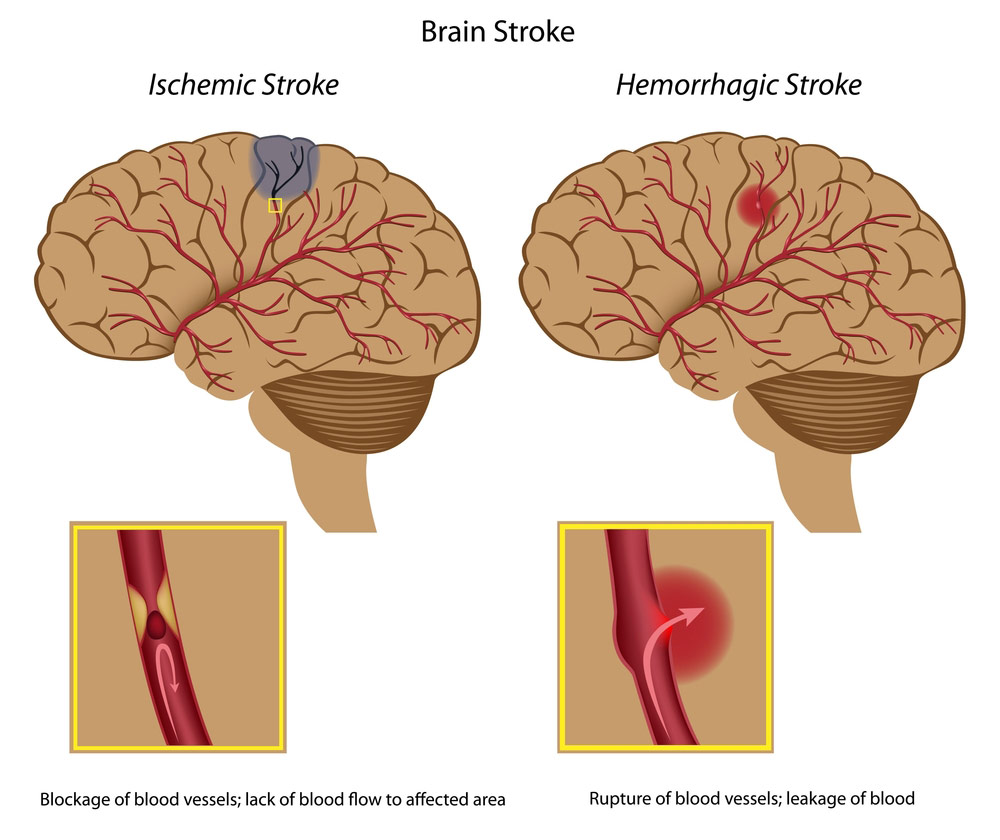
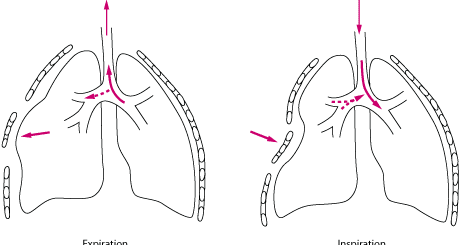
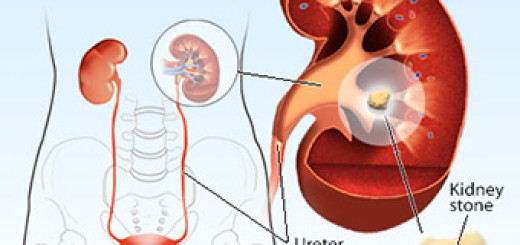
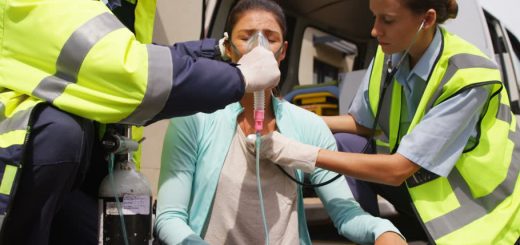


Thanks for the knowledge gained.How can stroke be managed before calling for EMS